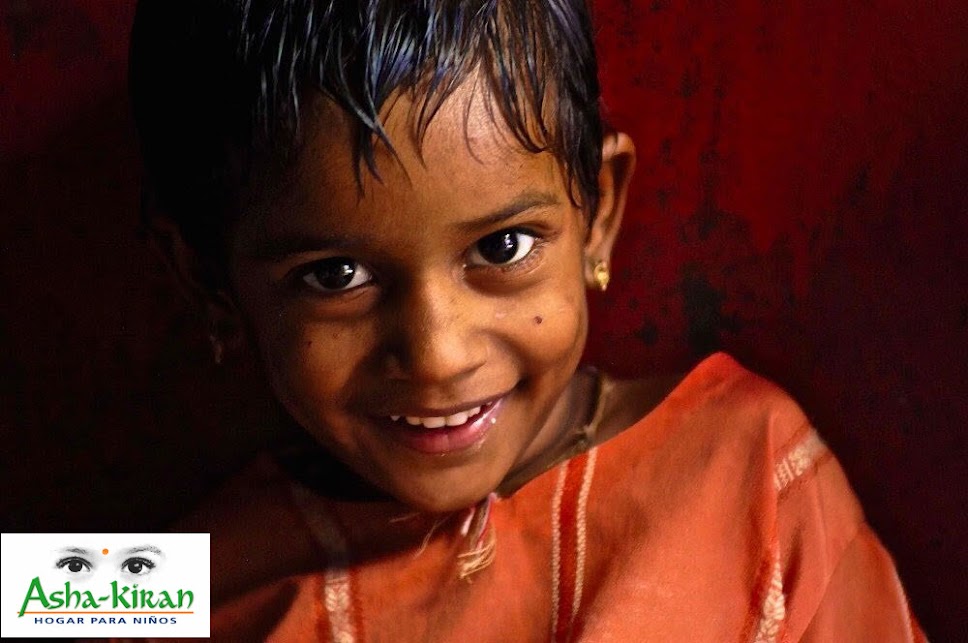Financial support from the UK to India (about €276m per year) will be virtually eliminated by 2015. In this regard, India’s Foreign Minister Salman Khurshid, said “Aid is the past and trade is the future”, but charities warn that the poorest will suffer the consequences.
The announcement of the cessation of economic aid does not come as a
surprise to the government of India, which holds that, while it welcomes
financial support of countries that choose to offer it, it will never actively
seek it. Although the measure can be seen as a recognition of India's economic
transformation, much of the money that the UK has provided so far has gone to
fund projects in the most needy social sectors, which gives grounds to the fear
that these will be negatively affected when said projects are stopped due to a
dearth of funds.
Save the Children believes that the decision is “premature”.
“Despite impressive economic progress in India, 1.6 million children died there
last year” according Kitty Arie, their advocacy director, who added “We agree
that in the long term, aid should be phased out as the country continues to develop,
but we believe that the poorest children will need our ongoing help”.
With a similar vision, Keith Vaz, former president of the Indian-British
parliamentary group, said “Although undoubtedly India has progressed in the
last 20 years, there are still an estimated 360 million people living on less
than €0.42 a day. By removing our aid to India, which will clearly only affect
the most vulnerable, we need to see the plan of the Minister for how she will
work with other organizations to ensure the gaps we are creating gaps will be
filled”.
In light of this new panorama and the detrimental effects that will
ensue, the need for other sources of support is unquestionable. The work of
NGO’s, particularly those of local character and focused scope, will become
more important than ever as they face new, bigger challenges in order to fill
the gaps. In keeping with its vocation, Asha-Kiran will continue to bring
present and future development opportunities to disadvantaged populations by
relying on, and being the instrument of, the sponsors and donors who wish to build
a better world for vulnerable children, their families and communities.
Source: BBC News

